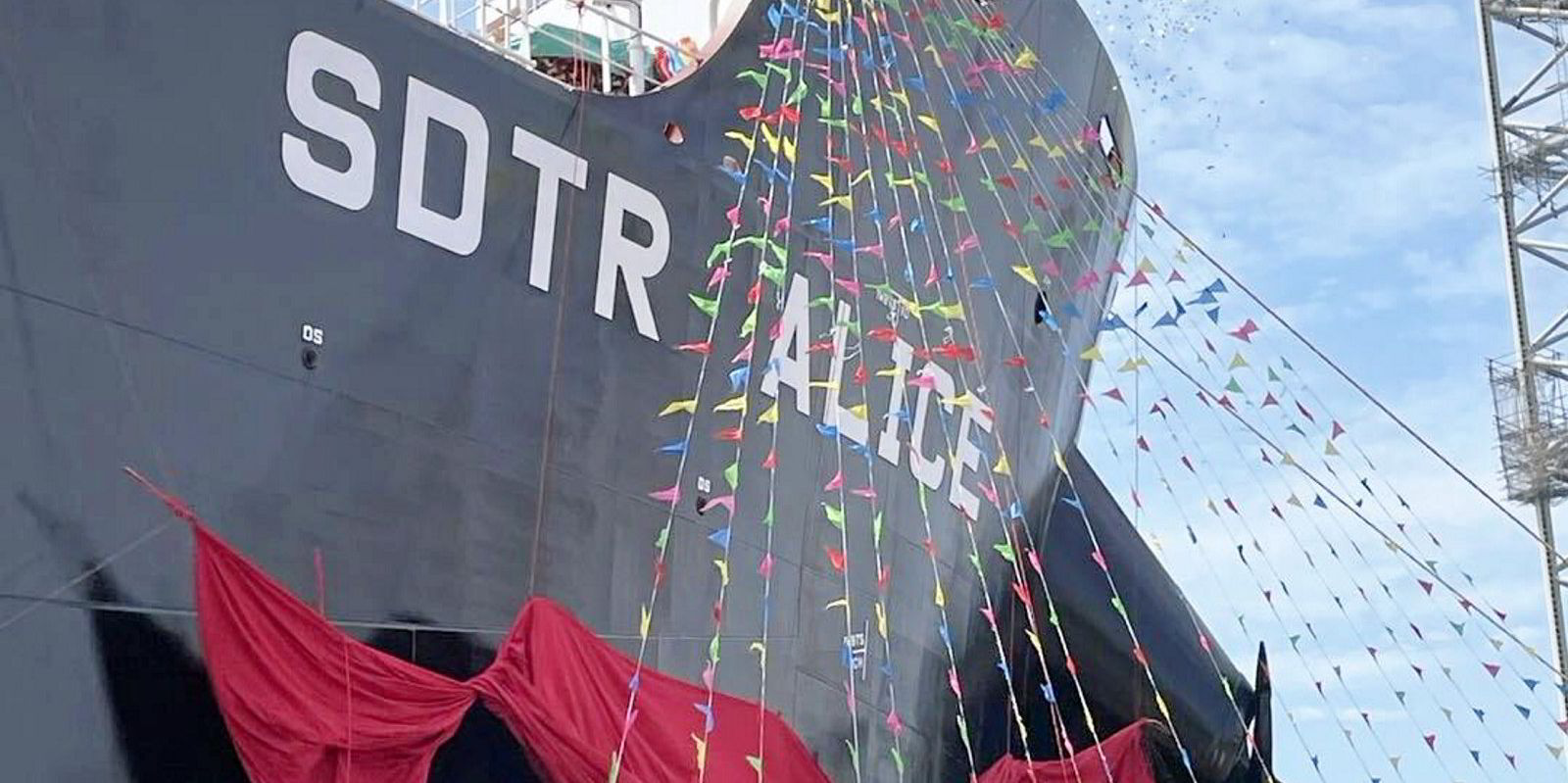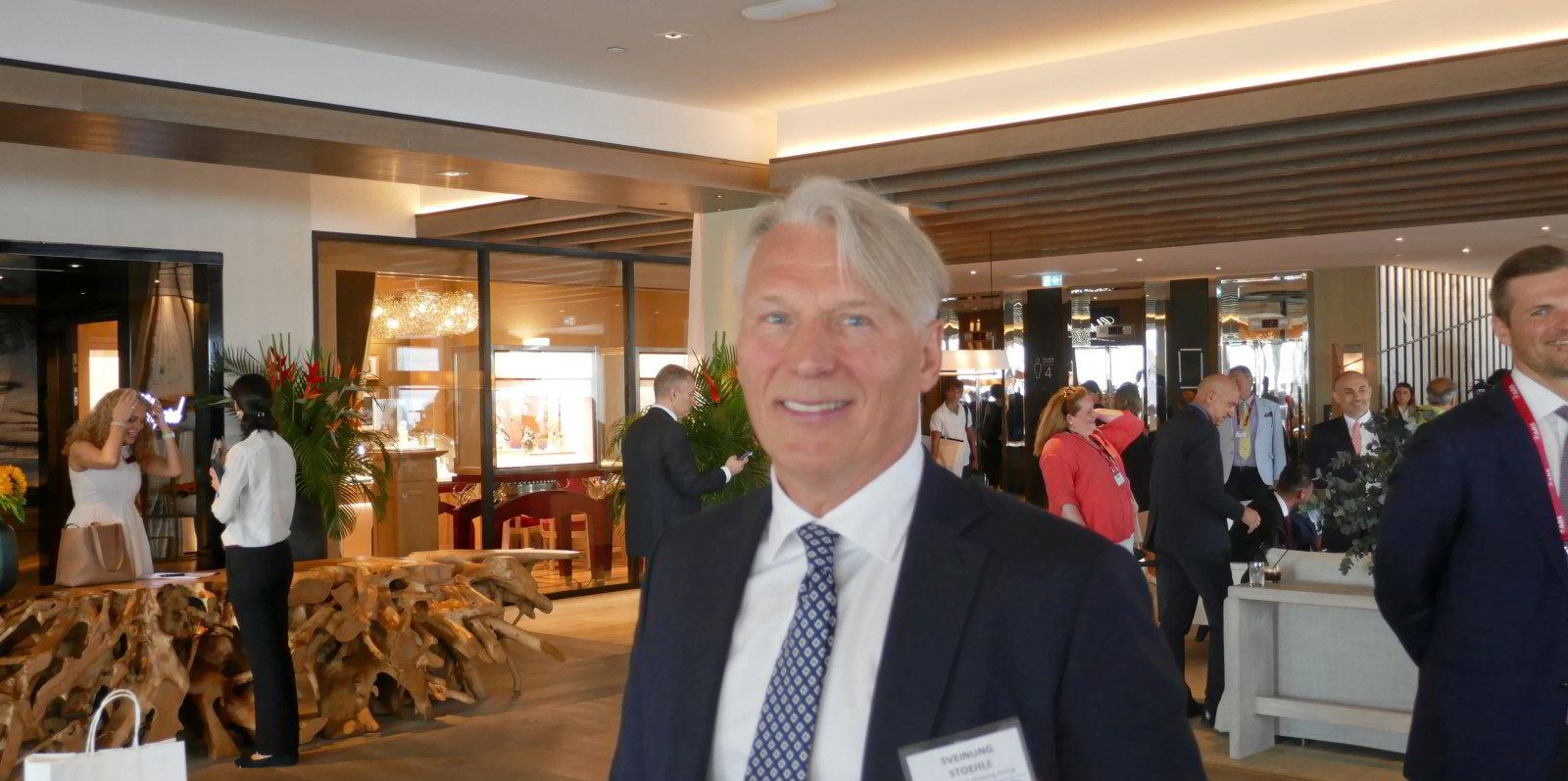Shipowners gathering in Greece for the Posidonia event this week can look forward to years of improving earnings, according to Clarksons Platou Securities.
“Shipping has much to celebrate,” the Norwegian investment bank said, pointing to an average rise in maritime stocks of 44% so far in 2022.
This compares to a general drop for all shares of 13%.
“Shipping is a cyclical sector with booms and busts, although the previous peak was a long time ago,” said Clarksons Platou analysts Frode Morkedal and Even Kolsgaard.
But they added: “Based on high commodities demand, restricted shipyard capacity, and a re-routing of the global trade map, we believe the industry has started a multi-year upcycle. Let the festivities begin.”
The analysts argue that there has to be some constraint on newbuildings if these kinds of positive cycles are to last.
“That condition has returned in full force,” they said.
The number of operational shipyards in the world with at least one vessel in the orderbook has slumped to 238 from 551 in 2007.
Those that remain are primarily booked well into 2025.
Because of new carbon emission regulations that will affect the industry in the coming decades, there is a tremendous need for renewal to occur. This puts increasing upward pressure on the prices of newbuilds, secondhand vessels, and shipping companies’ net asset values, Morkedal and Kolsgaard said.
Big rise in LNG carrier prices
Clarksons Platou has tallied 1.38m teu of container ship orders so far in 2022, or 43% of all contacts.
LNG carriers account for another 10.8m cbm or 33% of the new tonnage added this year.
“Despite a lack of interest in tankers and dry bulk newbuilds, shipyards’ overall backlog has grown, giving builders more bargaining power,” the analysts added.
Average newbuilding prices have increased by 26% since mid-2020, they calculate.
The cost of an LNG vessel has risen by $40m to $228m in that period.
Higher steel prices explain about $23m of this, Clarksons Platou said.
“Looking ahead, we anticipate a greater need to replace older tonnage, particularly as new carbon limits go into effect in 2023,” Morkedal and Kolsgaard said.
Only 27% of the existing fleet is made up of eco-vessels, defined as built after 2015.
“As tonnage demand grows, more shipbuilding capacity is required, as are operational margins for shipbuilders in order to reactivate idle capacity,” the analysts added.
More price rises needed
They argue newbuilding prices will need to rise another 20% to achieve this.
“This general increase in replacement value is anticipated to strengthen secondhand ship values and, as a result, the net asset values of shipping companies,” the analysts said.
The VLCC orderbook is lower than at any point for the last 25 years.
No new big tankers are currently scheduled for delivery in 2024, when analysts anticipate a boom in oil supply.
“To put it another way, we believe that owning an oil tanker, or stock in a tanker company, may be quite profitable,” the analysts concluded.






